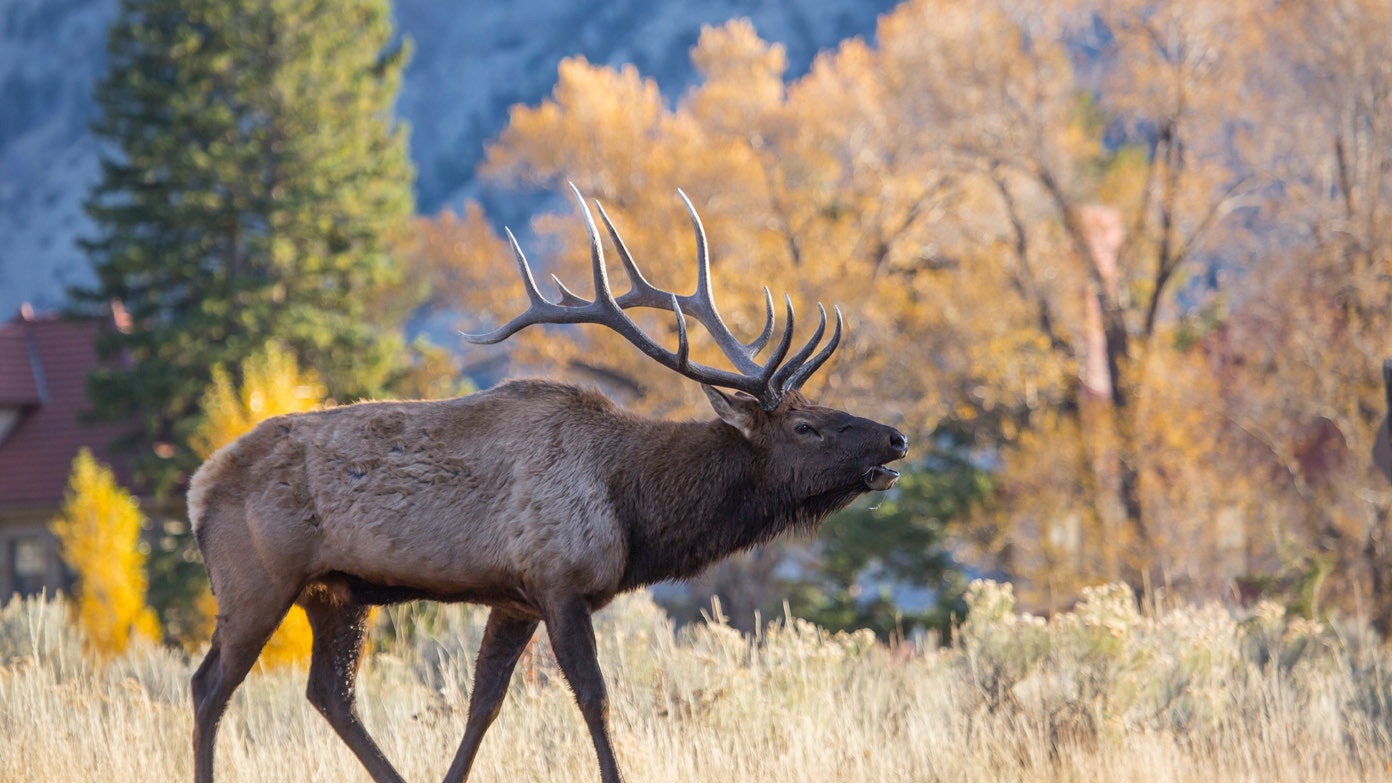Elk should remain the state’s top species of opportunity for Wyoming big game hunters going into this year’s hunting season, according to a forecast released this week by the Wyoming Game and Fish Department.
Mule deer hunting opportunities will continue to be mixed, while antelope in some regions are still recovering from the effects of drought, although hunting should still be great in most areas, according to the report.
Elk
Elk herd numbers are good and hunting opportunities abound across all eight of the Game and Fish’s hunting regions across Wyoming, according to the agency’s 2022 hunting season forecast, which was released Monday. https://wgfd.wyo.gov/News/Hunters-2022-Wyomng-hunt-forecast-available
Those regions are respectively centered in Jackson, Cody, Sheridan, Green River, Laramie, Lander, Casper and Pinedale.
Elk herds remain at least “near” Game and Fish management objective numbers in all regions, and some herds are exceeding those numbers in the Cody, Casper and Laramie regions.
In the Laramie region, there could be exceptional opportunity for elk hunting in the aftermath of the 2020 Mullen Fire – which burned more than 176,000 acres about 28 miles west of Laramie. Plants sprouting up in the old burn areas attract elk, according to the report.
“Hunters are encouraged to hunt south of Wyoming Highway 130 in the Snowy Range to take advantage of elk utilizing the burn scar where these vegetation improvements occurred,” the report said.
Cow/calf licenses and hunting opportunities are plentiful in the Sheridan region. Any-elk tags were harder to draw, but “those lucky enough to draw have a reasonable chance at harvesting a mature bull,” the report said.
On the west side of the Bighorn Mountains in the Cody region, elk hunt areas 41 and 45 remain ripe with good chances for success, with the Medicine Lodge herd in particular being “chronically above its population management objective.”
Mule Deer
Mule deer herds across the West have long been in decline because of a variety of factors. Some reasons include development encroaching on the animals’ habitat and migration routes, disease and competition with other species.
“Mule deer are sensitive to a variety of factors and continue to take it on chin,” avid hunter Josh Coursey, who lives near Kemmerer, told Cowboy State Daily in a recent interview. He is the founder, president and CEO of Muley Fanatics, a mule deer advocacy and conservation group.
Weather has also come into play against mule deer, according to the Game and Fish. For example, harsh winters have hampered mule deer herd recovery in the Sublette and Wyoming Range areas of the Jackson region. The Game and Fish’s management strategy there has been geared toward producing more mature bucks, thereby giving tenacious hunters better chances of making “trophy-class” kills, according to the report.
Likewise, licenses for antlerless mule deer will remain limited in the Sheridan region, where the hunting regulations were altered to no longer allow killing mule deer does on private lands in some hunt areas.
Drought and an uptick in chronic wasting disease (CWD) have continued to hurt mule deer in the Cody region, although hunting conditions there should be “slightly improved” compared to 2021, the report said.
CWD among mule deer was cited as a factor in other hunting regions. It’s a fatally degenerative nervous system and brain disease that has long infected mule deer, as well as some elk herds, in Wyoming and the West. Although there are no known cases of transmission to humans, the Centers for Disease Control and the Game and Fish recommend against eating meat from an infected animal. The Game and Fish provides free CWD testing of samples taken from hunters’ kills. CWD sample submission is mandatory in some deer hunt areas, such as areas 59, 60 and 64 in the Laramie region.
Antelope
Pronghorn, commonly called antelope, remain an iconic Wyoming species. Although record-smashing trophy bucks aren’t as common as they might be among some antelope herds farther to the south, Wyoming is known for its abundance of opportunity to hunt the speedy animals across vast plains and badlands.
New this year, hunters who hold tags for hunt area 85 in the Jackson region may pursue antelope on the National Elk Refuge. Antelope in the Jackson region are a migratory segment of the Sublette herd, which remains somewhat below the Game and Fish’s desired numbers, along with some other herds in the state.
Drought in some areas was been cited as one reason for lagging antelope numbers, but Game and Fish still predicts plenty of opportunity and ample hunter success across Wyoming.
In the Green River region, a mild winter should have allowed antelope to bounce back. A mild and wet early summer should have also prompted better horn growth in bucks there.
Antelope numbers can vary within regions, the Game and Fish said. The famed herds in the Laramie Valley and Shirley Basin areas of the Laramie region have been in decline, but numbers are up in hunt areas 47 and 48, which are northwest of Laramie and east of Rawlins.
Some whitetails hit hard by disease
The report also includes forecasts for some other species, such as upland birds, waterfowl, small game and whitetail deer.
Wyoming isn’t particularly known for whitetails, hunters who know where to look can find those deer, including some large bucks, in lowland thickets and river bottoms scattered across the state.
Whitetail deer tag allocations remain “liberal” in the much-vaunted Sheridan region, although CWD and bluetongue disease (Hemorrhagic disease) have killed a number of deer there. Bluetongue can also infect antelope, but isn’t transmissible to humans.
In the Casper region, massive outbreaks of the disease killed many whitetails last fall, which mean hunters pursuing the wily species might face thin odds this year.





